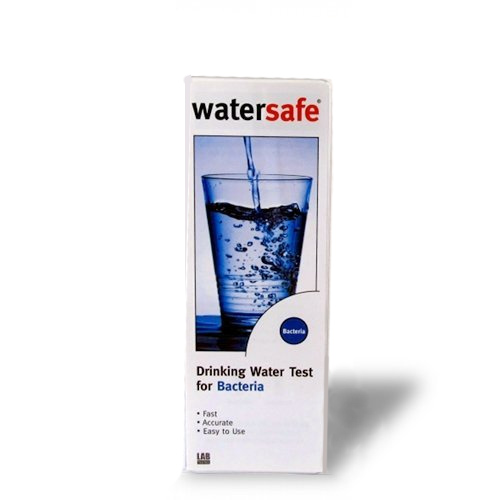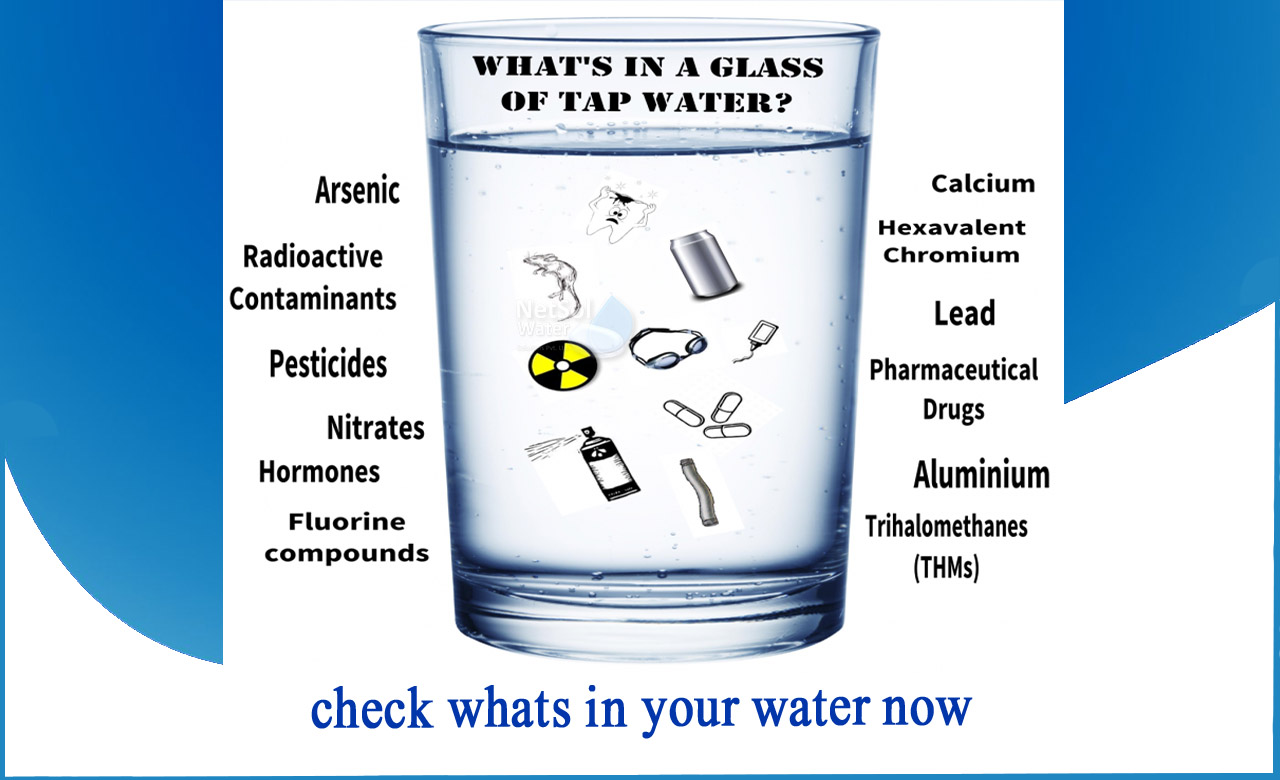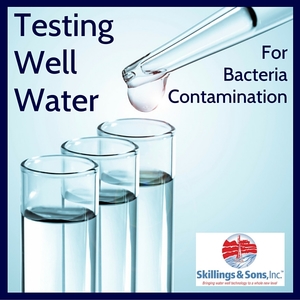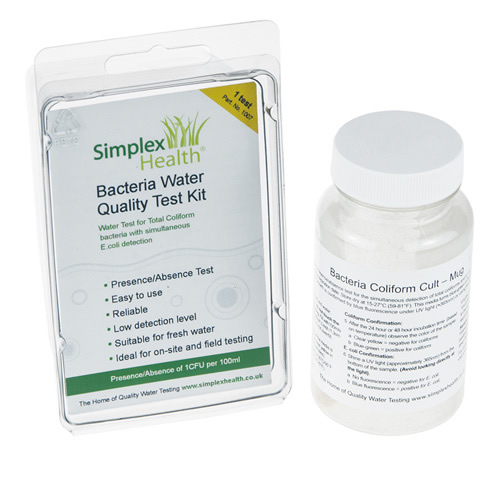Casual Tips About How To Check For Bacteria In Water

However, your best option and for peace of mind for bacterial contamination is to have your water tested professionally through a certified water lab and it’s not as expensive as it sounds.
How to check for bacteria in water. Up to 8% cash back purtest will help you know what's in your water and what problems need to be solved. Bathtub, kitchen sink, outside hose. Select a faucet before a water filter/softener or any other water treatment unit.
The presence of these specific bacteria indicates a breakdown in the system that might allow hazardous. We recommend you test for coliform bacteria at least once a year. One of the most common ways to test for bacteria is to culture the water sample in a vial with a chemical reactant.
Keep this faucet running during the whole sampling procedure. To survive and multiply, these bacteria rely on organic molecules found in their surroundings, such as sugar. Testing drinking water for coliform bacteria is a simple way to find out if there may be pathogens in the water.
Heterotrophic bacteria can be found in all water sources. Here’s how you do it: If the water turns red, this means that your water is contaminated with bacteria.
There are a couple of different ways you can. The health metric bacteria test makes it easy to check your water supply for coliform contamination. It’s also a good idea to test after a heavy rain when water from the soil is most likely to flow into your well water system.
Bacteria is different though as you likely won’t be able to see it forming. This video provides step by step instructions on how to properly disinfect a well using a method called partial chlorination. There are a number of testing kits out there, such as the innovating science qualitative coliform test kit that detects the presence of coliform bacteria with the.


















